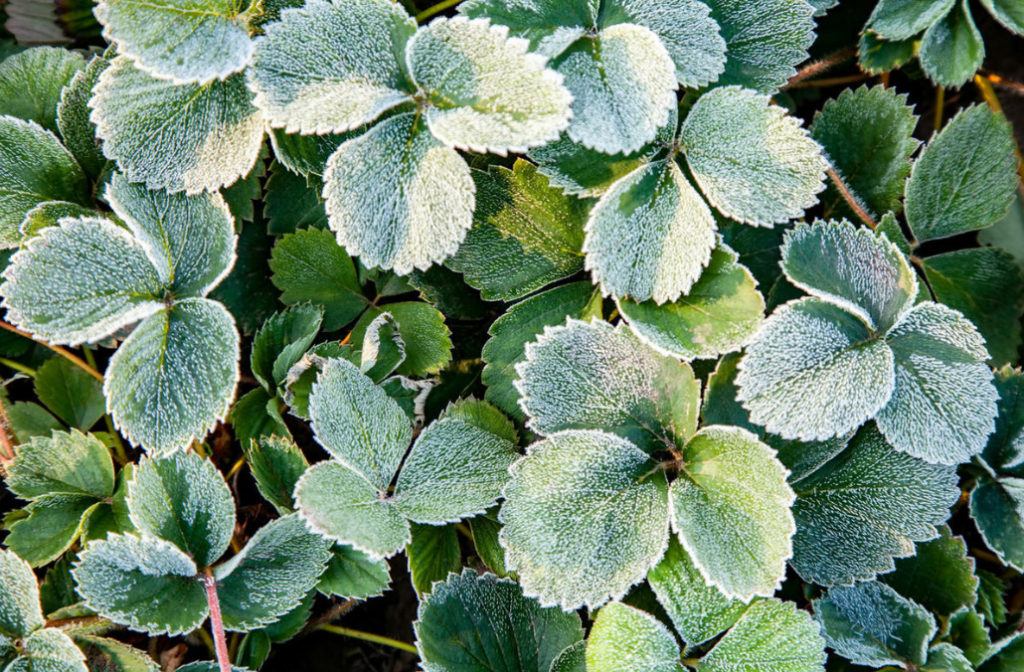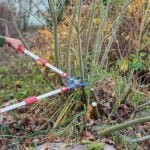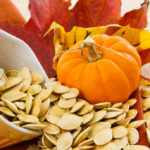No berry culture could achieve such fame and recognition among gardeners as strawberries. This wonderful perennial conquers a lot of advantages: unique taste and aroma of berries, high yield, early maturity and relative unpretentiousness in care. It is on the concept of relativity that I would like to draw your attention today and find out whether it is worth burdening yourself with additional efforts to insulate strawberry bushes on the eve of winter.
Culture features
Strawberries-winter-green culture. She does not know what the leaf, and goes under the snow in green leaves, and their leaves updates throughout the season. Knowing this feature, we must properly take care of plants. First of all, this applies to rejuvenating pruning, which allows you to preserve the health of the perennial.
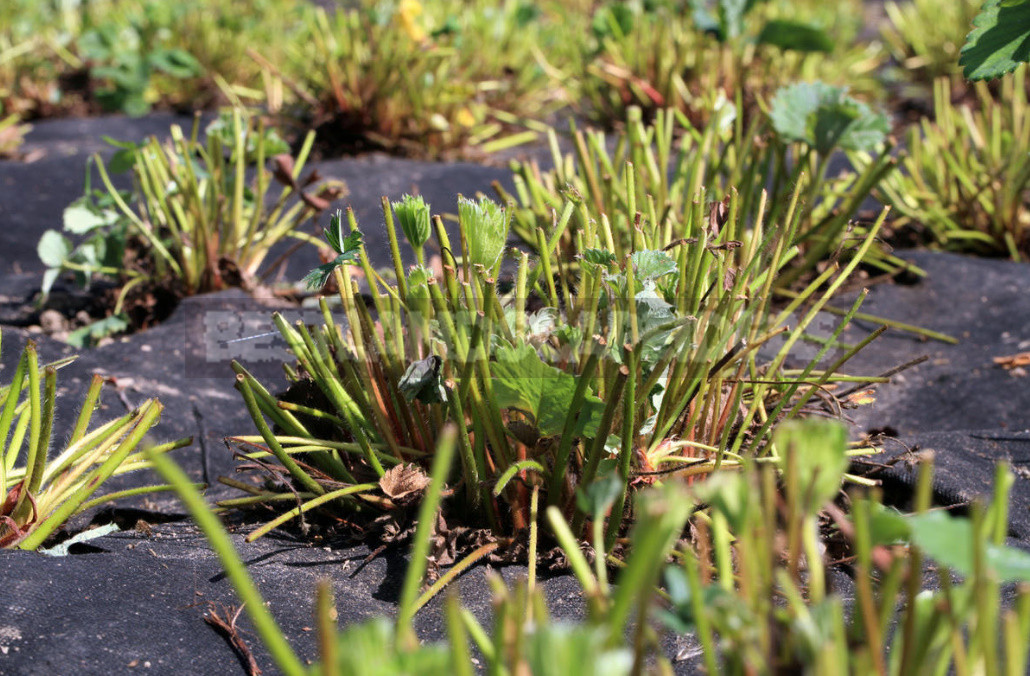
Cardinal haircut ordinary strawberries, fruiting 1 time a year, carried out immediately after the collection of the last berries, that is, in mid-summer. With this approach, the bushes have time to grow new lush rosettes of leaves by autumn, which serve as a guarantee of their successful wintering. The foliage accumulates nutrients that add endurance to plants in a difficult winter period. Lush rosettes, covering flower buds and horns and delaying snow, protect them from freezing. The remontant variety is not subjected to such a haircut, but its dried and damaged leaves are cut selectively throughout the season.
However, not always the natural shelter of strawberries from their own leaf rosette serves as a guarantor of reliable wintering. Sometimes plants seek support from the gardener and in late autumn beg for additional protection from the cold.
In what cases is shelter necessary
Old proven varieties of strawberries perfectly preserved in winter without any shelter, but their sour berries leave much to be desired. This disadvantage was especially strong when we had the opportunity to try out new discoveries of breeders – honey berries of modern large-fruited varieties. Unfortunately, adding sweets, breeders greatly reduced the winter hardiness of plants. For the pleasure of eating this delicacy, we now have to pay extra hassle-carefully hide such plants for the winter.
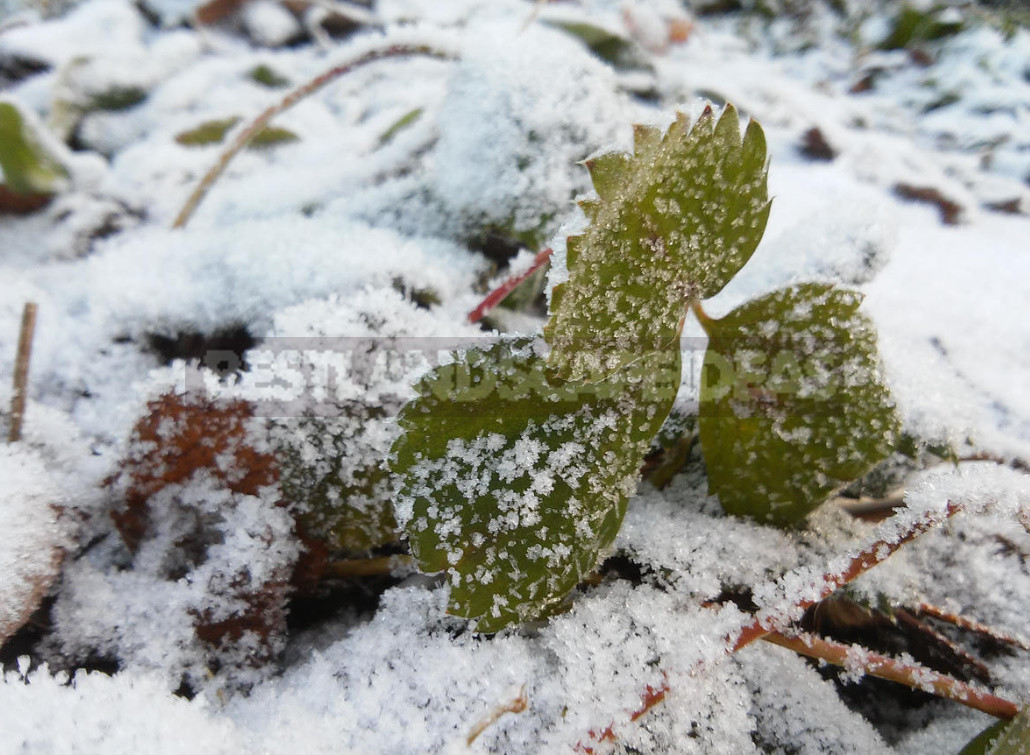
Will force to address the construction shelter and a new strawberry plantation. If you planted young rosettes on a new bed not in the spring, but in the second half of summer or early autumn, cover the young for the winter. It has not yet had time to build up a powerful root system and therefore is prone to bulging: the moisture in the root layer turns into ice and expands, causing the hearts to be squeezed out of the ground. Such plants become especially vulnerable to winter wind and frost.
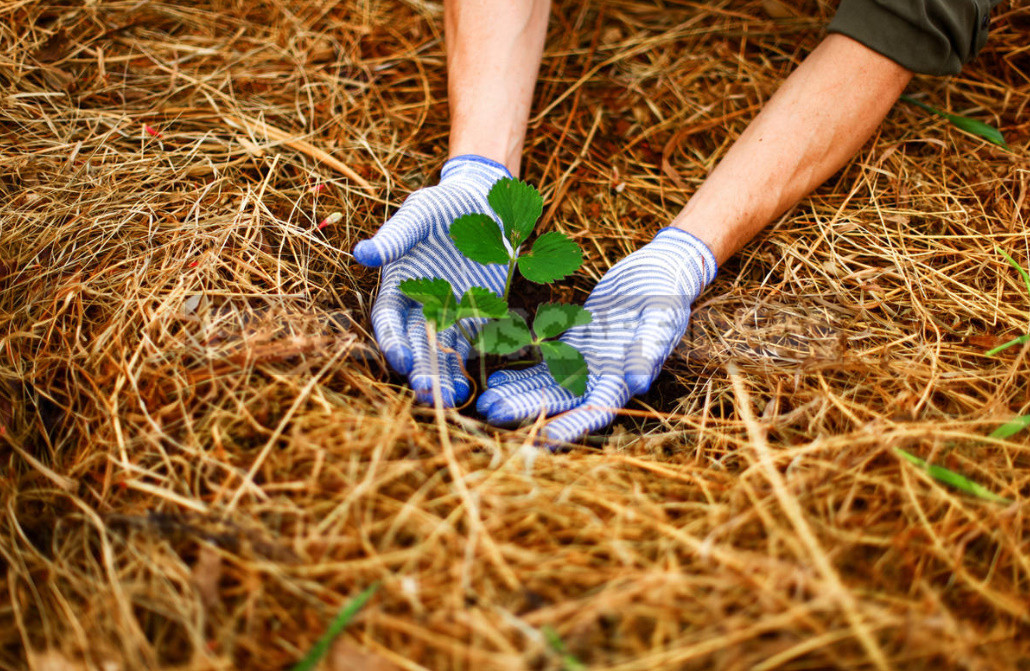
To look for the answer to the question, to hide strawberries or not, on suburban forums is a risky business. If you still want to hear the advice of experienced, then only ask the opinion of local residents. It is the peculiarities of the climate of your region that will give the most correct answer. If in your area snowless winters with severe frosts regularly happen, then the decision arises by itself – it is obligatory to cover.
The same applies to regions where winter often presents unpleasant surprises in the form of unexpected thaws. Strawberry takes untimely warming for a Wake-up call, but after the deception is torn apart by frost. The correct shelter in this case will help to smooth out differences of winter temperatures and to keep strawberry.
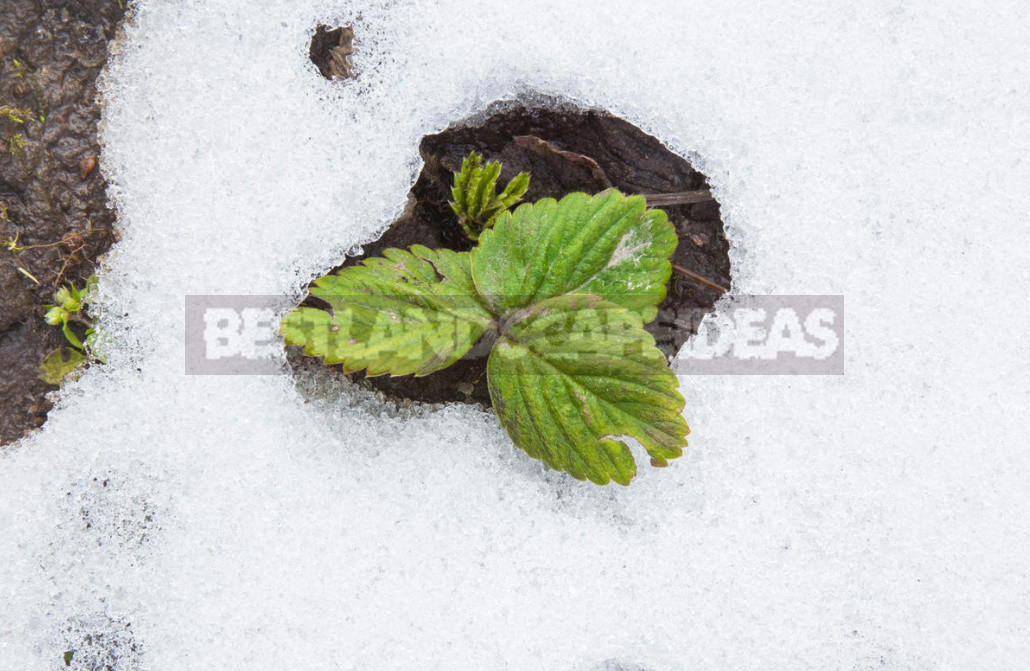
Snow is the best insulation, but if it is not enough or not at all, strawberries have a hard time in winter. This can happen if the bed is broken on the slope, where in winter the snow cover is constantly blown away by the wind. Bare sockets, which are burned by the icy wind, often die in winter, so they need additional strong shelter.
Another case, when insulation is needed – drastically cutting the strawberries in the autumn. This procedure is carried out by gardeners who are late with the summer pruning and want to bring beauty to the neglected garden in a freer autumn period. Bushes, deprived of leaf caps, are particularly vulnerable to cold and suffer greatly even from small sub-zero temperatures. Such plants need to be insulated without fail.
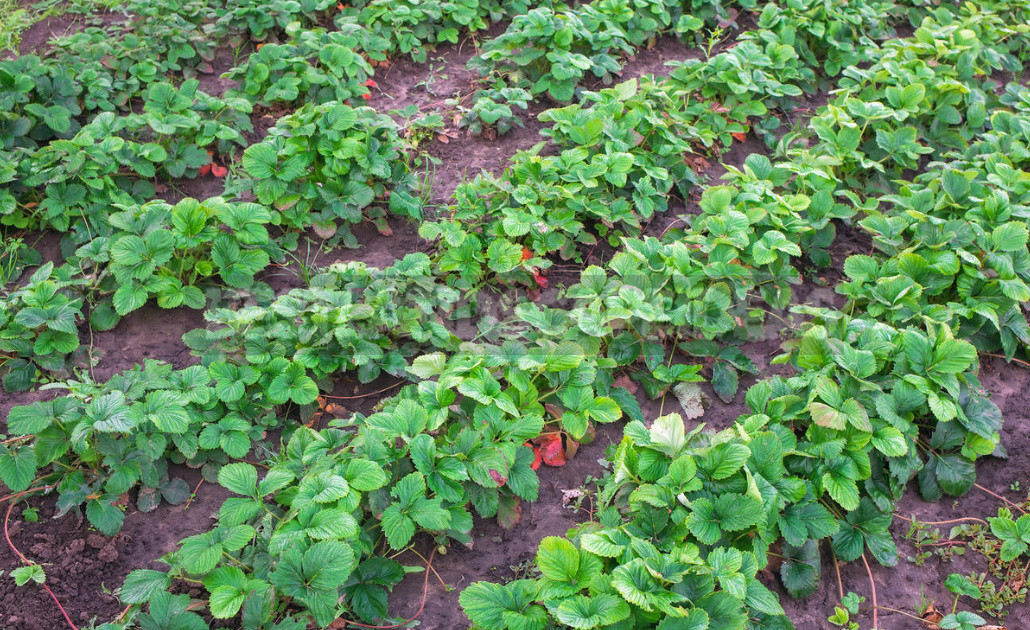
When to hide
If you did everything right and cut the bushes in the summer, then by autumn the plants have got a new lush hairstyle. Do not rush to spoil it and cover with mulching or covering materials. Let the bushes go through a natural hardening in the autumn cold snap. Plants wrapped in a warm feather bed too early, will not only be unprepared for the upcoming cold weather, but can also “steam up” during the next autumn thaw. In the spring after removing the shelter you will find bald spots on the bed, but the fault will not be freezing.
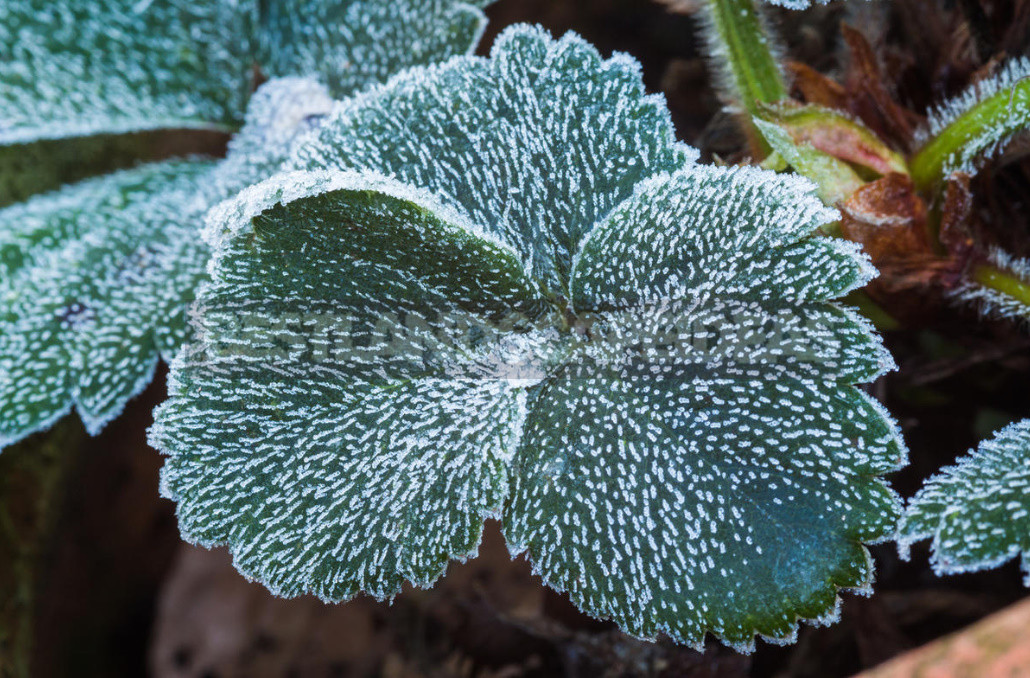
In the fall, keep a close eye on the weather forecast and proceed to shelter strawberries only if forecasters promise that the real winter is on the way. Until the moment of shelter should take about a week, during which the temperature at night or during the day will not rise above 0°C and will last at low minus marks. In some regions it may be October, and in others it may be early December.
Preparatory work
To increase the chances of successful wintering, start preparing plants for frost in advance. To do this, in late summer or early autumn, strengthen their root system with phosphorus-potassium fertilizing, and in mid-autumn, mulch the bed with humus. In dry weather, do not forget to regularly water the bushes, loosen the aisles and weed out weeds, so that they do not steal food from strawberries.
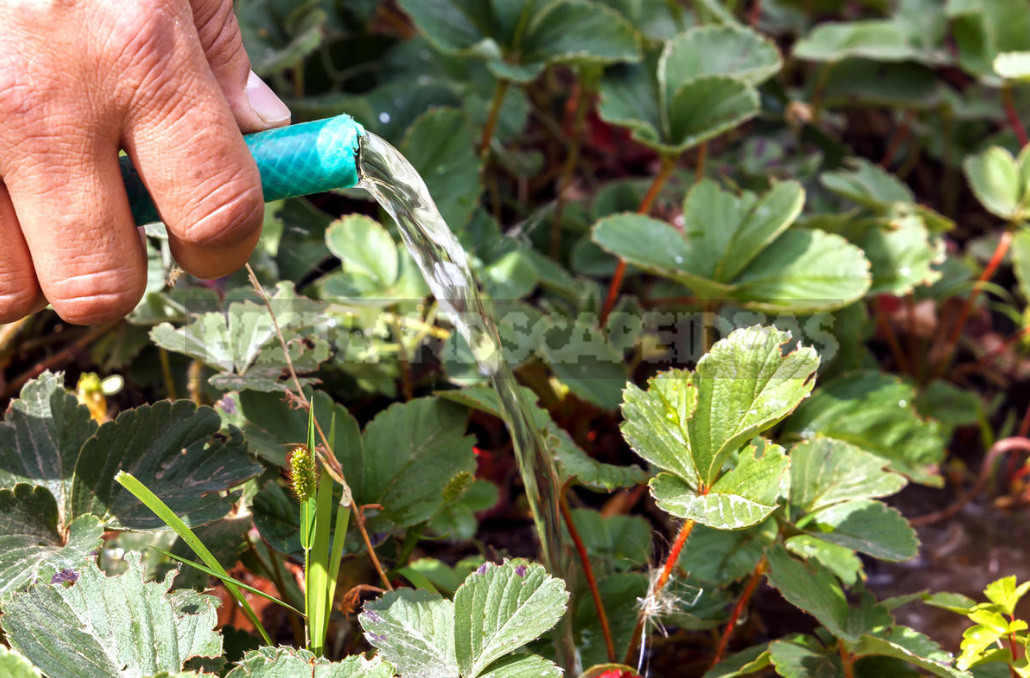
In autumn, cut out all the emerging mustaches – they strongly Deplete the plants. Also perform corrective foliage pruning: selectively remove dried and disease-damaged leaves and leave healthy green ones. After pruning, strengthen the immunity of the bushes with the help of preventive (or therapeutic) spraying with a fungicide solution.
A week before the shelter, carry out moisture-charging watering of strawberry, even if it rains outside the window: the deeper the soil under the bushes will be soaked with moisture, the better. Wet soil will be slower to freeze in the cold and slower to thaw in the event of a thaw, which will protect the root system of plants from unnecessary tests. Just before the shelter, carefully loosen the soil in the rows to ensure air flow to the root layer of plants.

What to hide
If fierce winters are rampant in your region, dry straw, hay, sawdust, shavings or a thick layer of fallen leaves from under healthy trees, which the bushes fall asleep with a “head”will be an excellent insulation for strawberries. These materials are economical, but have significant drawbacks: they are easily scattered from the wind and compressed in the event of a thaw. If the winter weather in your area is unstable, this option will not work – strawberries can ripen under a damp heavy coat.
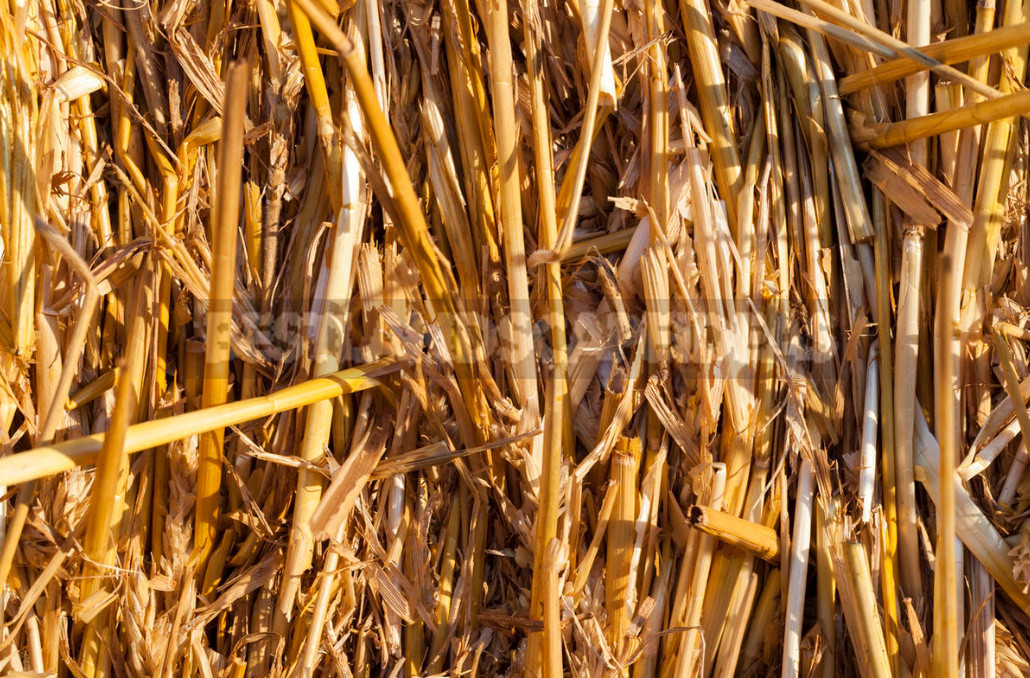
This mulch becomes a cozy wintering place for voles, which in times of famine do not disdain juicy strawberry hearts. If you have suffered from rodent raids before, it is better not to tempt them with such houses and replace these materials with spruce or pine spruce branches or coniferous litter.
The same applies to the stems of reeds, corn, sunflower, etc., which some gardeners put strawberries for the winter. Such materials are firmly held on the bed, more breathable, but also attractive to mice.
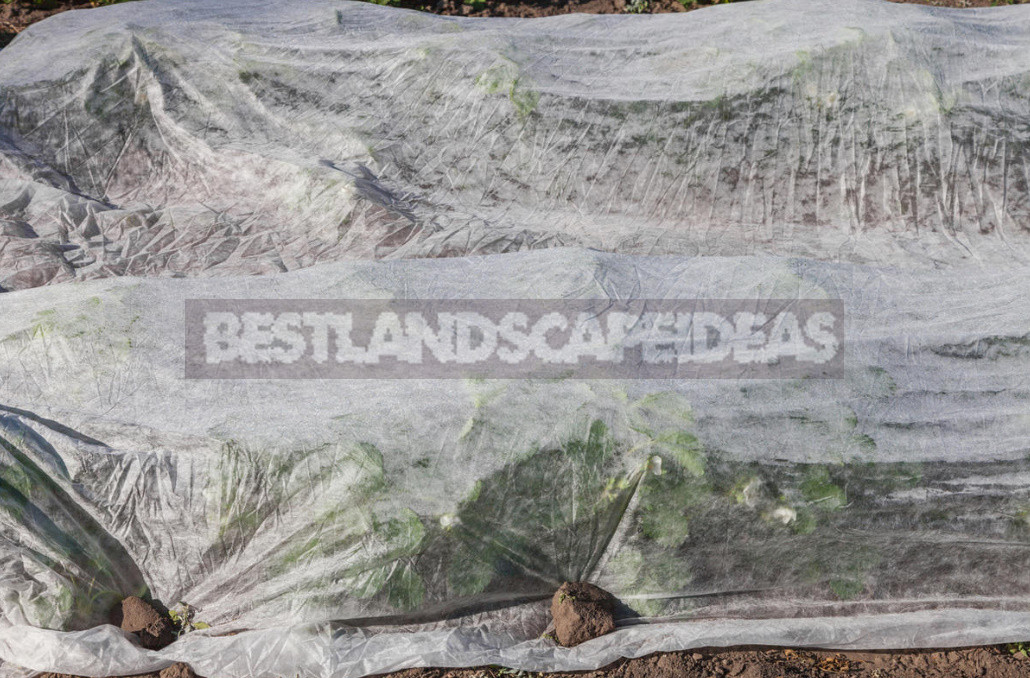
When to open
Warming strawberries for the winter, keep in mind that in the spring you will need to be on the alert all the time. This crop starts to grow very early, so with the arrival of warming, you will need to immediately remove the shelter. In the middle lane gardeners usually do it in March. Procrastination is fraught with the same consequences as too early warming of plants in the autumn and you will be left without a crop.
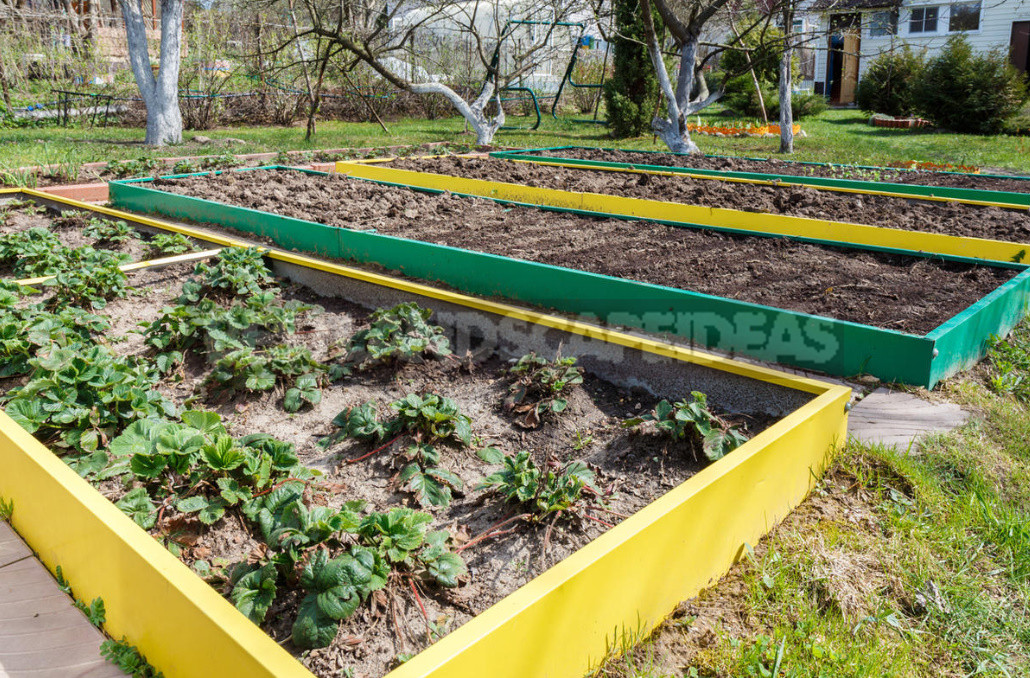
If you find at least one reason that threatens the health and life of your strawberries, do not be lazy and be sure to insulate it on the eve of the upcoming winter. Those few hours that you spend in the fall and spring on the construction and analysis of the shelter, can hardly be put in contrast to the tremendous pleasure of consuming delicious fragrant berries grown with your own hands.
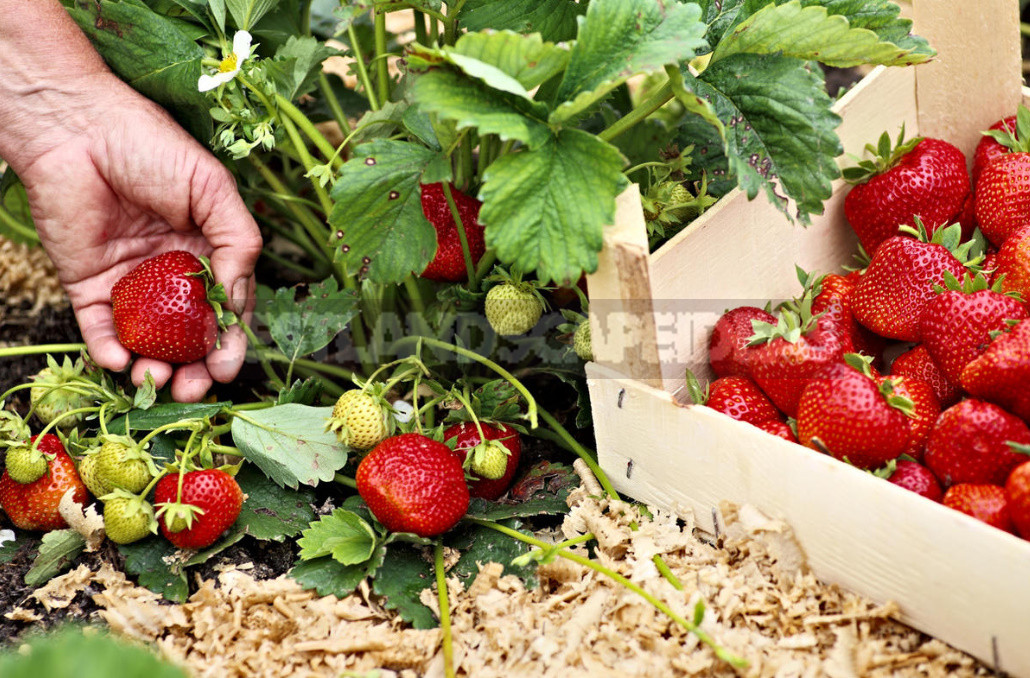
Dear readers, tell us in the comments how strawberry winters in your region. Does she require shelter, or endure the hardships of winter without it? Your countrymen, who are just mastering strawberry science, will be very grateful to you for timely advice.
